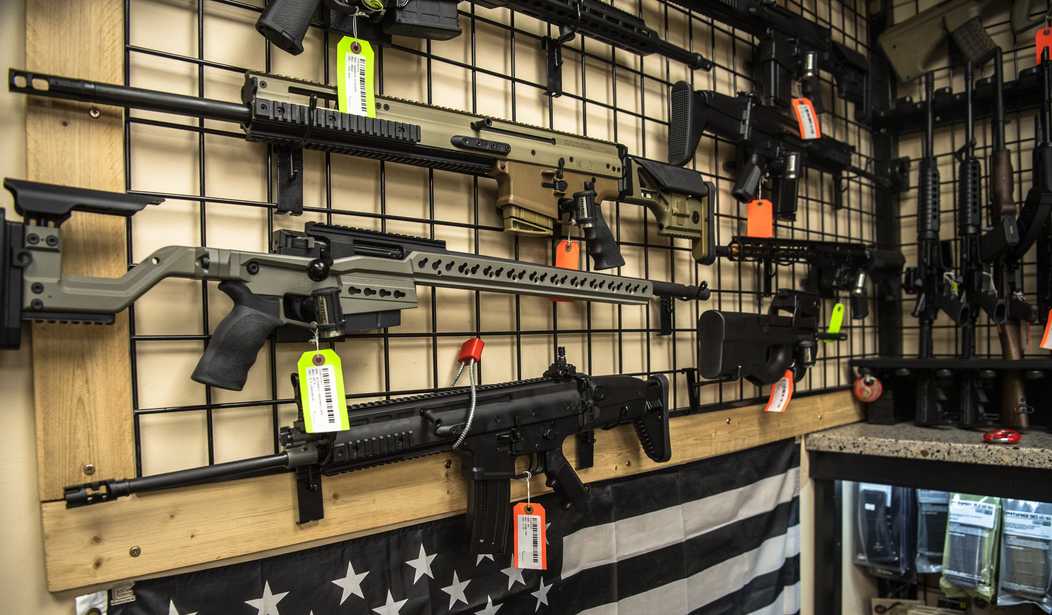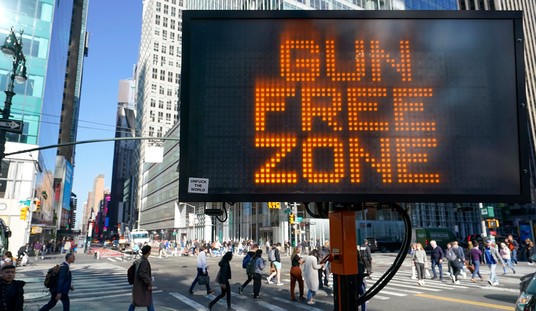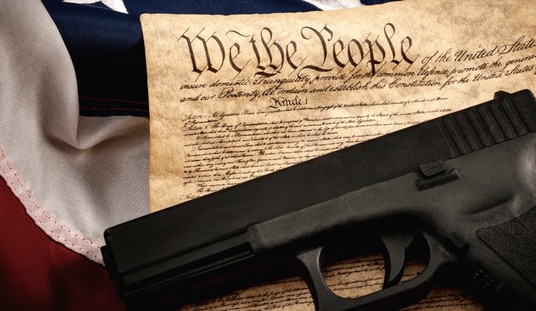Second Amendment groups have asked the Supreme Court to intervene and grant cert to a challenge to Maryland's ban on so-called assault weapons, but while we're waiting to see what SCOTUS will do the Fourth Circuit Court of Appeals is still moving forward with an en banc hearing scheduled to take place next week.
That hearing comes after the Fourth Circuit took the nearly unprecedented step of taking the case en banc before a three-judge panel that had been deliberating for more than a year had the opportunity to release its own decision, and many 2A advocates suspect that a majority of Fourth Circuit judges wanted to squelch an opinion that was going to be favorable to gun owners.
The deck may be stacked against the plaintiffs in the Fourth Circuit, but the plaintiffs are making a very strong case that the law in question should be thrown out. In its final brief before next week's oral arguments, the Firearms Policy Coalition argues that the Fourth Circuit really has no option but to declare the gun ban unconstitutional, at least if they want to comply with what the Supreme Court has previously said about our right to keep and bear arms.
As the Supreme Court has held, as a plain text matter, “arms” at a minimum includes all firearms, and there is no dispute that the semiautomatic firearms Maryland bans are firearms. The burden therefore falls to the State to demonstrate a tradition of regulation that would support its ban. But here too the Supreme Courthas already addressed the issue, as it has determined that as a matter of history only “dangerous and unusual weapons” can be banned. It follows from this that “the Second Amendment protects the possession and use of weapons that are in common use,” such weapons necessarily are not dangerous and unusual. Maryland’s burden in this case, therefore, is to show that the banned firearms are not in common use. That is an impossible task, as the paradigmatic firearm it seeks to ban is “the most popular rifle in American history,” and the others at issue are of the same basic type (semiautomatic rifles).
The FPC's brief hits directly at the state of Maryland's contention that the arms in question aren't protected by the Second Amendment, as well as the Seventh Circuit's recent decision in Bevis v. Naperville, in which the court concluded that AR-15s and other semi-automatic long guns fall outside of the Second Amendment's protections because they are "like" machine guns and (in the court's opinion, anyway) rarely used in self-defense.
Instead of Bevis, FPC's attorneys argue that the Fourth Circuit should consider what the Ninth Circuit Court of Appeals had to say in the Teter case, which challenged Hawaii's ban on "butterfly knives."
In a now-vacated decision that will be reconsidered en banc, a panel of the Ninth Circuit rejected the argument that the allegedly “dangerous and unusual” nature of butterfly knives “means that they are not ‘arms’ as that term is used in the Second Amendment.” Instead, citing the same portions of Heller discussed above, the panel noted that “the relevance of a weapon’s dangerous and unusual character lies in the ‘historical tradition of prohibiting [such] weapons.’” Therefore “whether butterfly knives are ‘dangerous and unusual’ is a contention as to which Hawaii bears the burden of proof in the second prong of the Bruen analysis,” and since whether an arm is “dangerous and unusual” depends in part on “whether the weapon is commonly possessed by law-abiding citizens for lawful purposes,” it was up to Hawaii to prove the arms were not in common use.
On the other hand, the Seventh Circuit recently badly misapplied Heller and Bruen in Bevis v. City of Naperville. TheS eventh Circuit strained to support its decision, purporting to find the phrase (from Heller’s textual analysis) “bearable arms” to be essentially code for “weapons in common use for a lawful purpose.” But in doing so, it ignored the breadthof Heller’s textual analysis and missed that Heller was dealing with history in itsdiscussion of “common use.” Bevis also reasoned that “arms” cannot include all bearable arms because the Supreme Court said “machineguns” may be banned from civilian use. But under Heller machineguns are within the plain text; Heller posited that they potentially could be regulated based on the historical tradition of restricting dangerous and unusual arms.
There's nothing "unusual" about a semi-automatic firearm, whether we're talking about semi-automatic pistols, rifles, or shotguns. These arms are ubiquitous in American society. A survey of gun owners conducted by the Washington Post found that one-in-five gun owners say they possess an AR-style rifle, and more than 90 percent of them said they own those rifles to “protect self, family and property”.
Self-defense isn't the only reason to own a firearm, of course, and the Supreme Court has said that arms that are in common use for lawful purposes are protected; a categorization that would encompass target shooting and hunting in addition to personal protection. The state of Maryland is resting its argument on the theory that the guns the state has banned aren't protected because they're supposedly not used much in self-defense, but even if that were the case (and I don't think it is), it's beyond contention that the vast majority of AR-15s and other semi-automatic rifles aren't used by violent criminals, but are instead possessed and used by lawful citizens.
I'm still hoping that SCOTUS will grant cert to Bianchi before the Fourth Circuit holds its en banc hearing, but I'm not at all confident that will happen. FPC has done a great job of heading off Maryland's arguments in defense of its gun ban, but as we've already seen with the Seventh Circuit, that doesn't mean the appellate court will end up abiding by what the Supreme Court has said about the scope of our Second Amendment rights and the arms that are protected.









